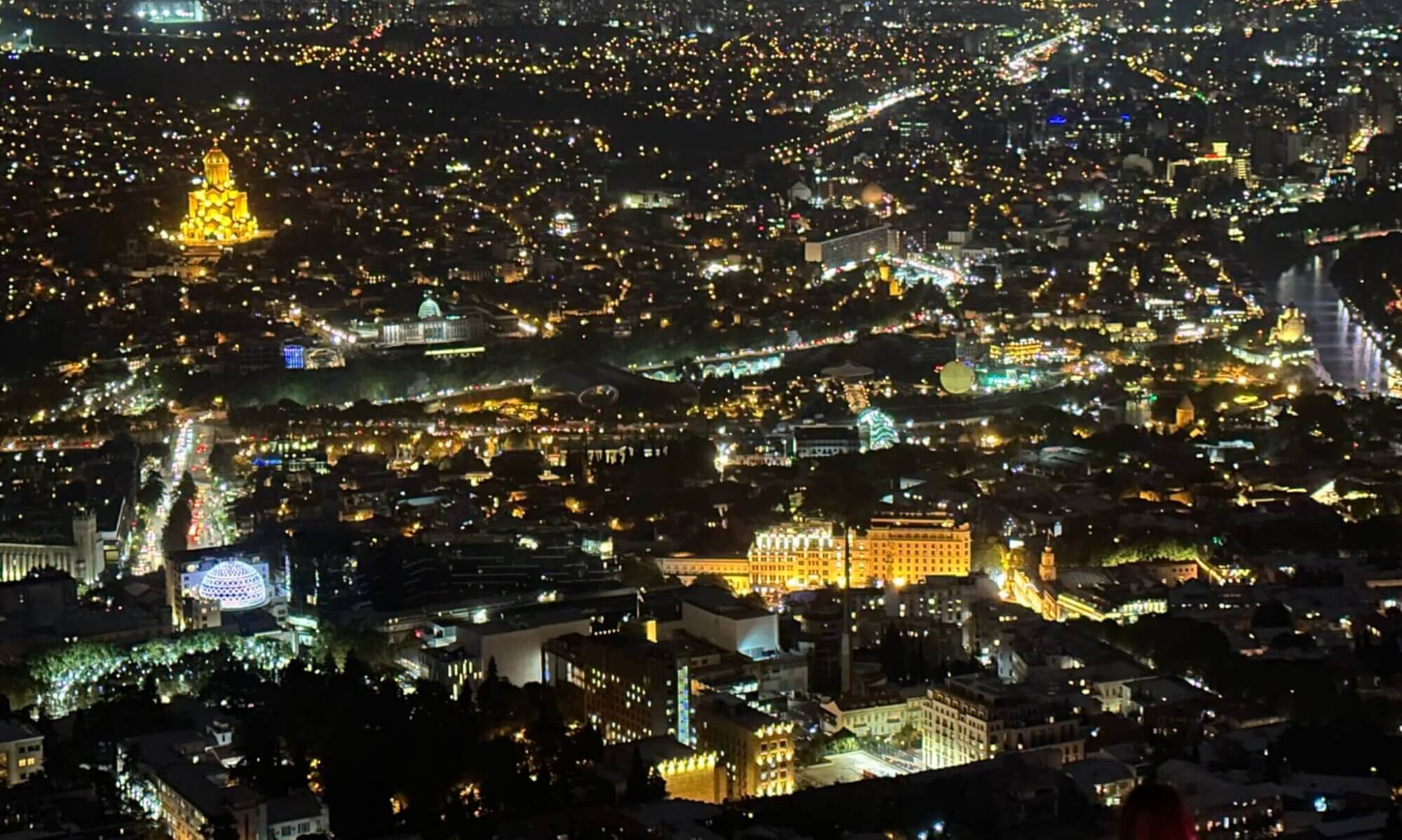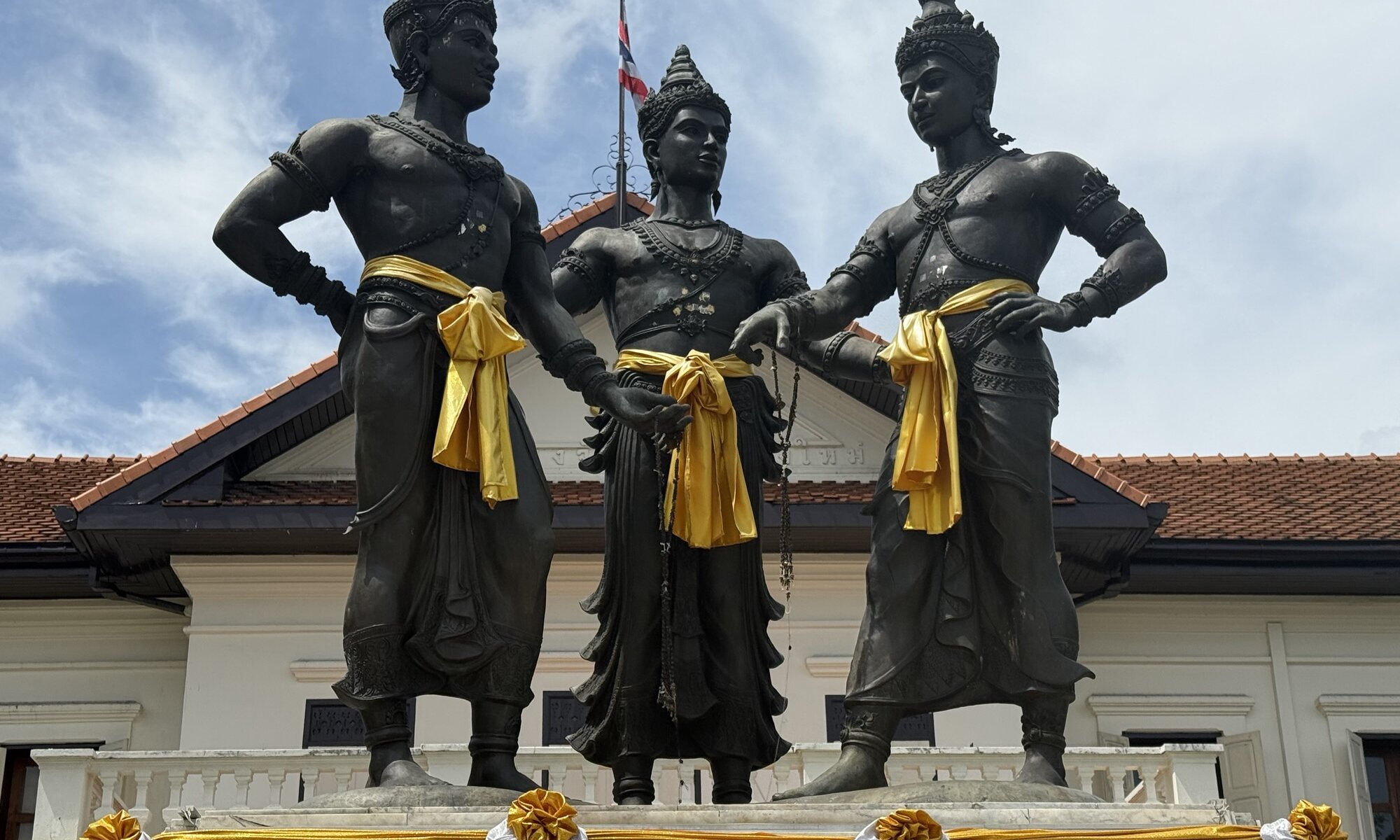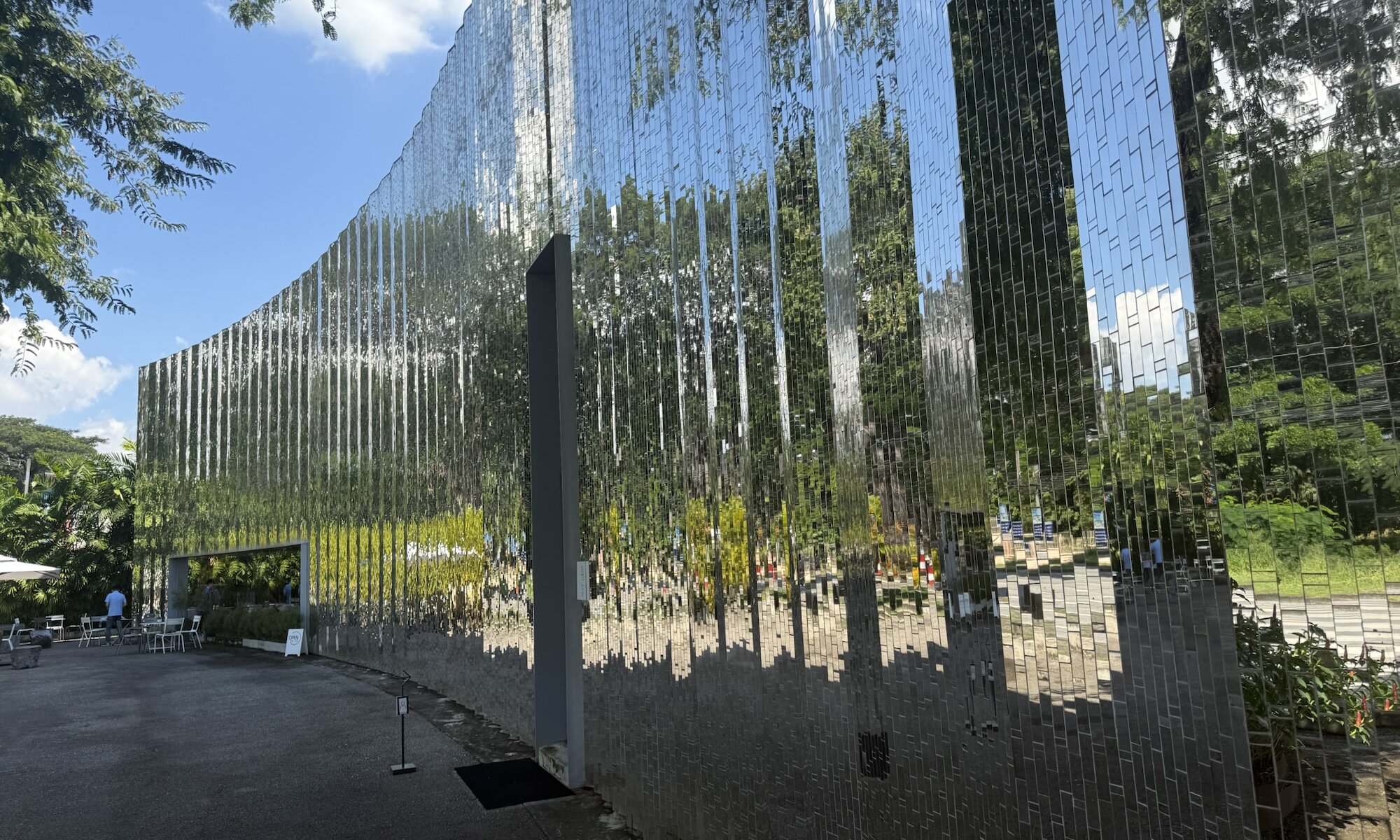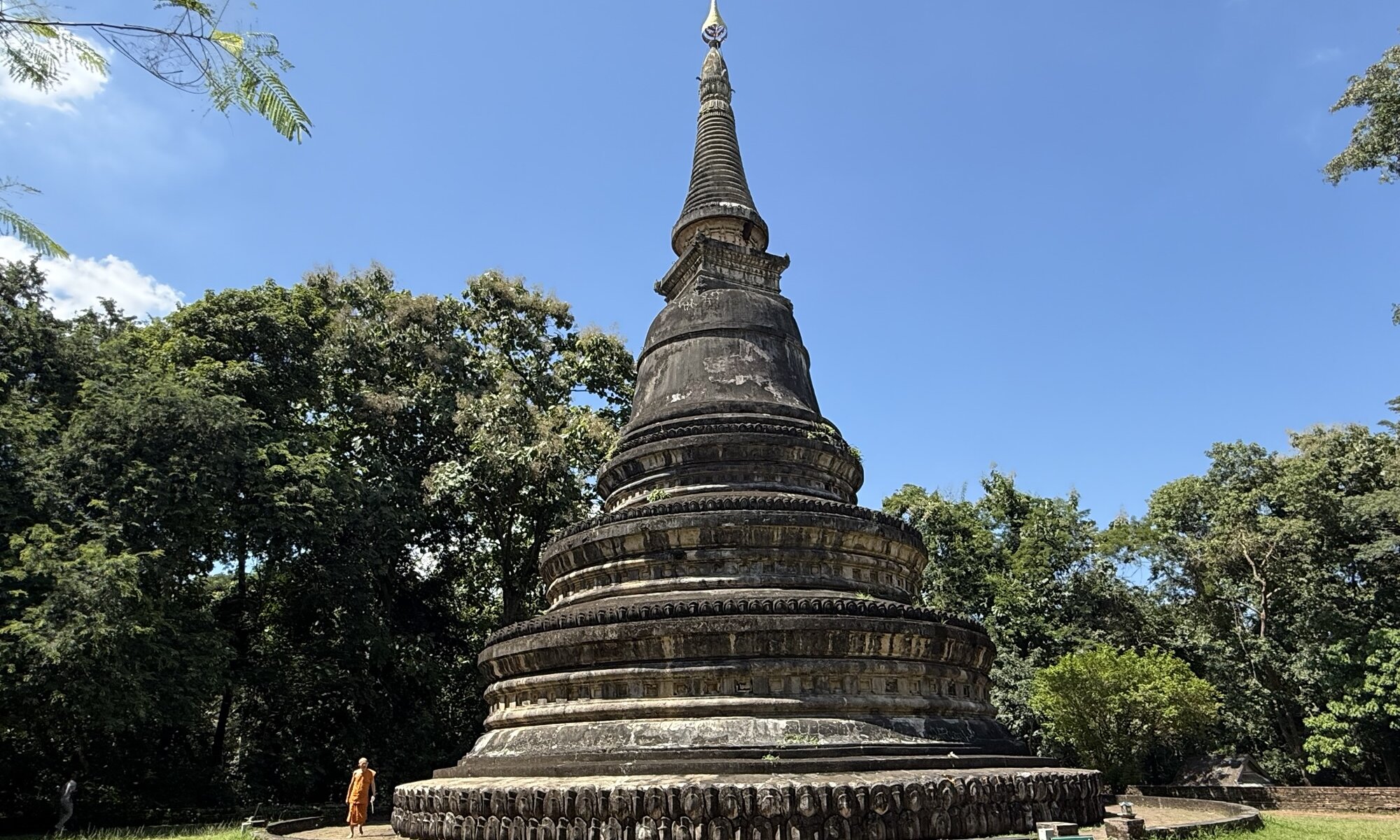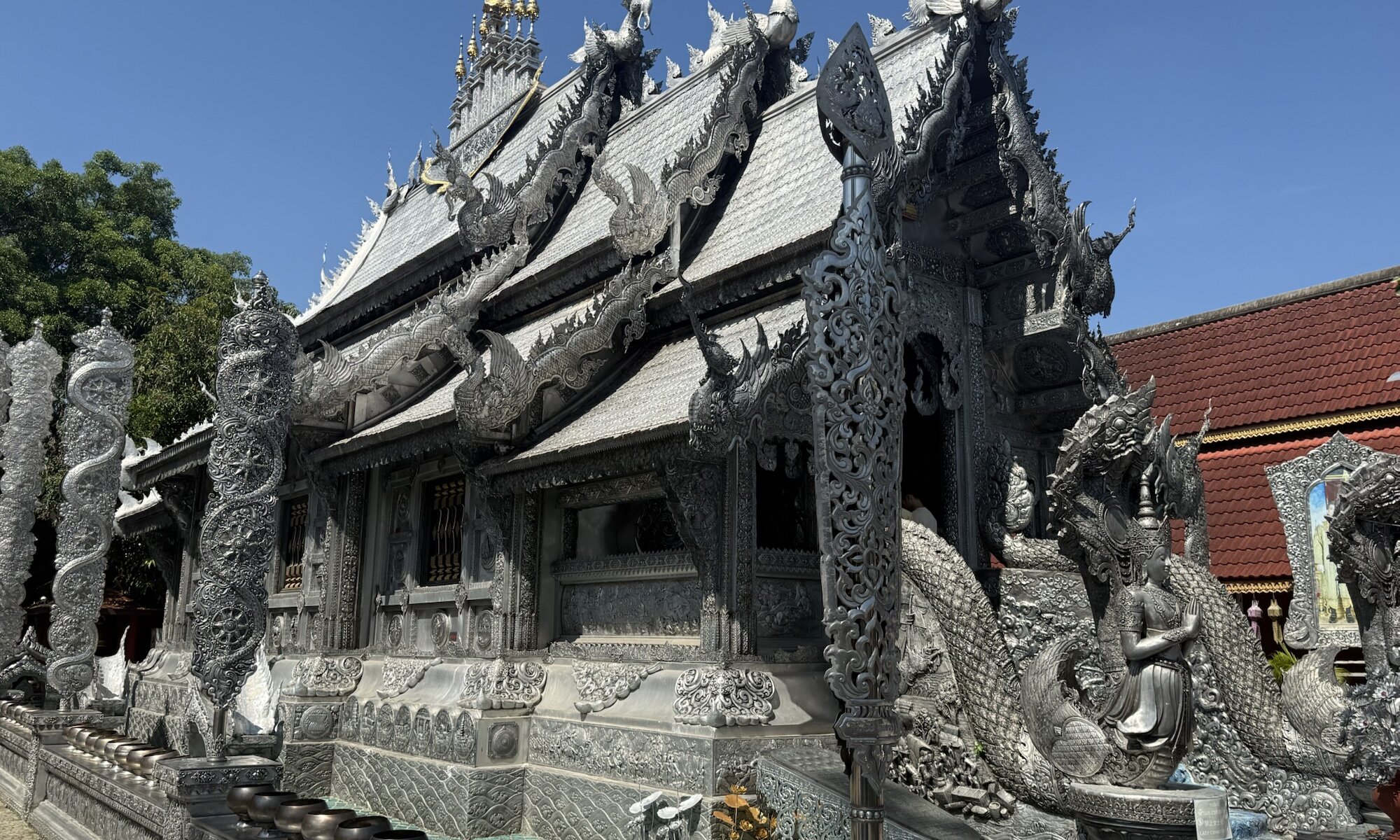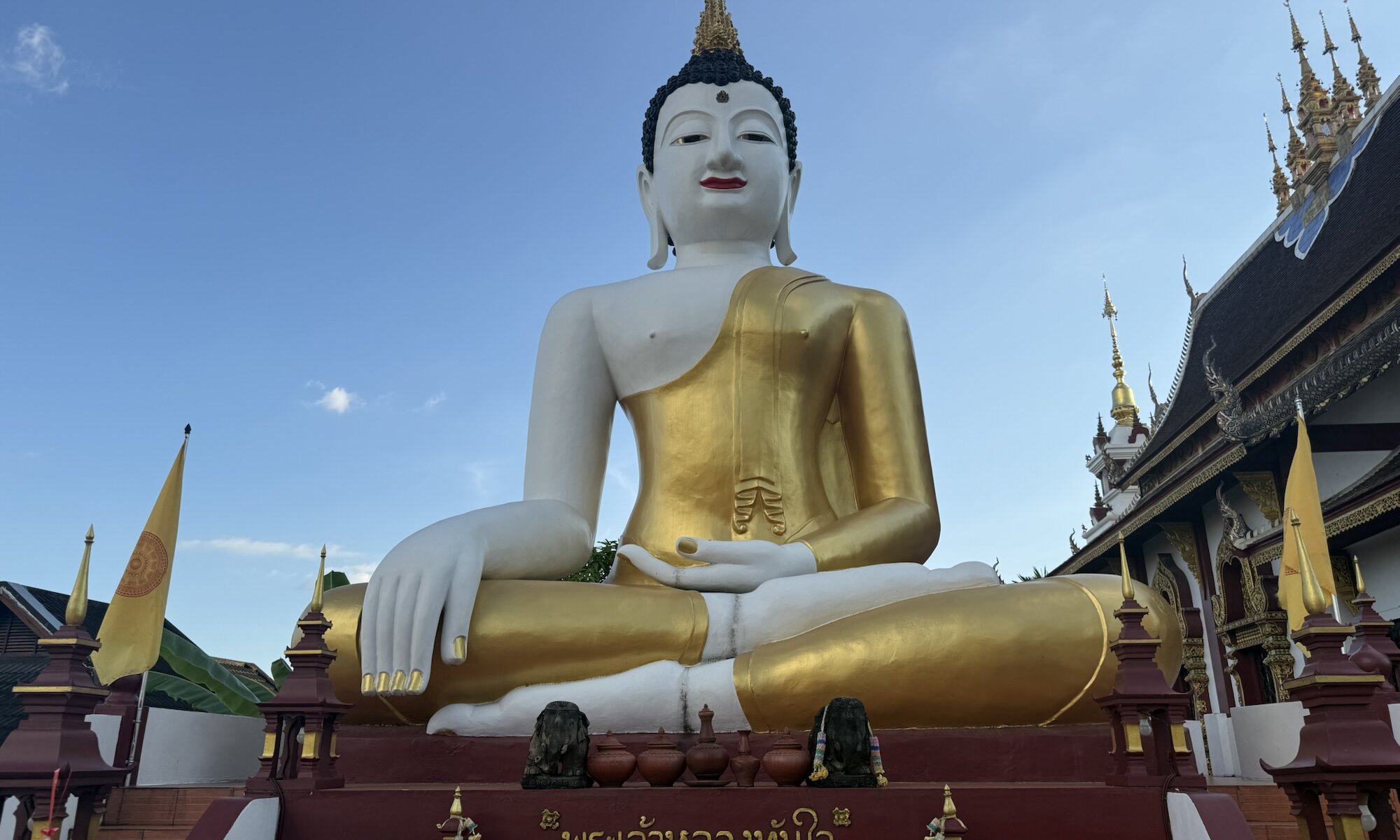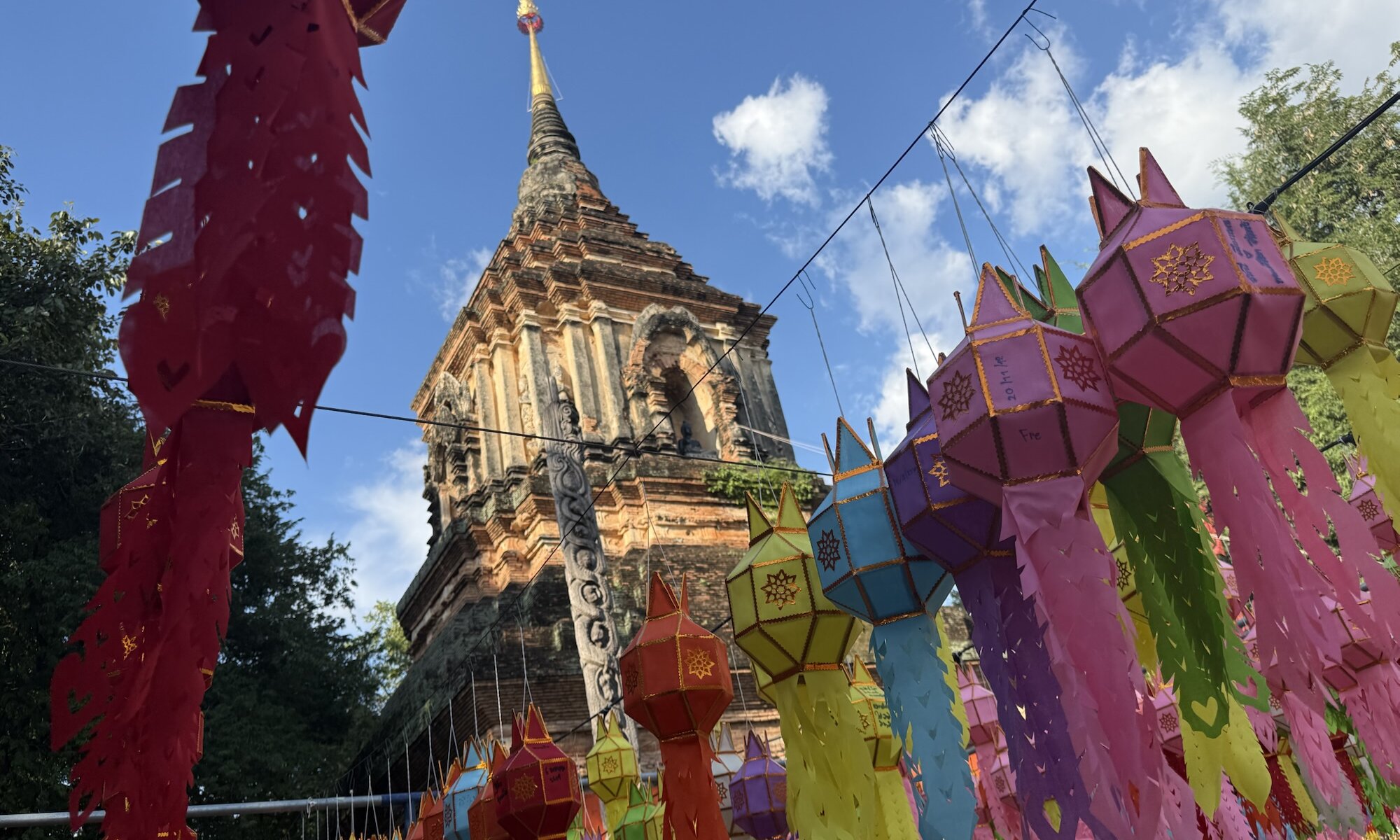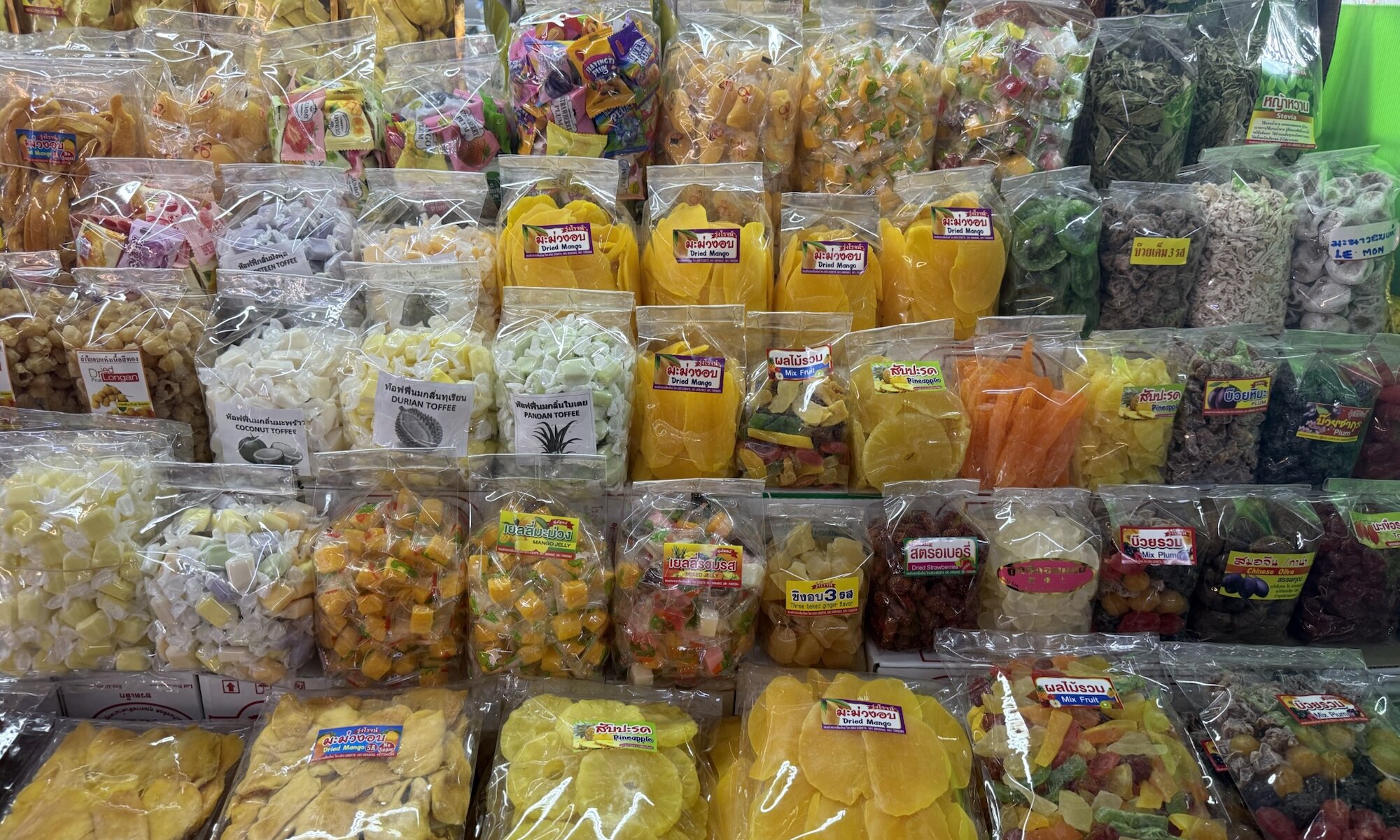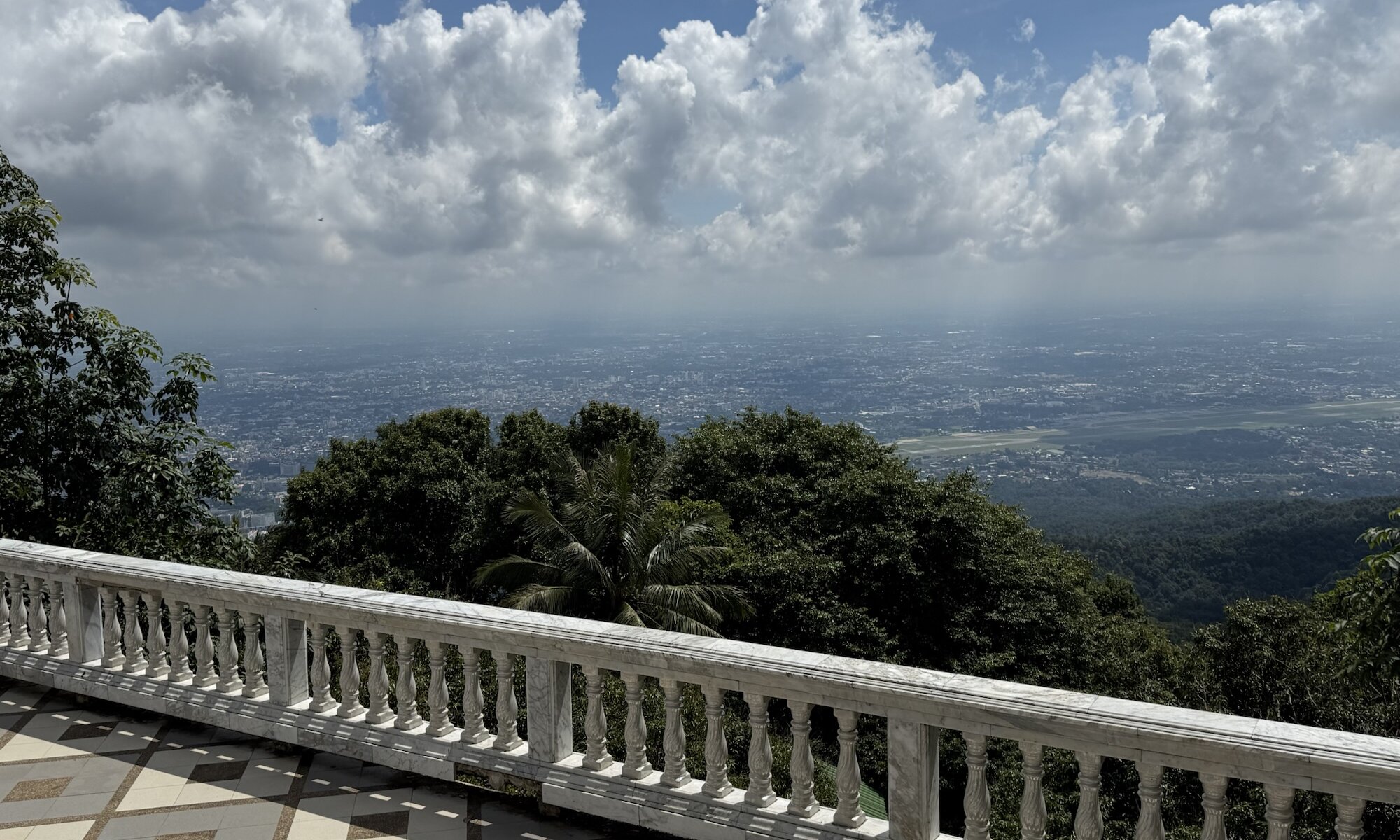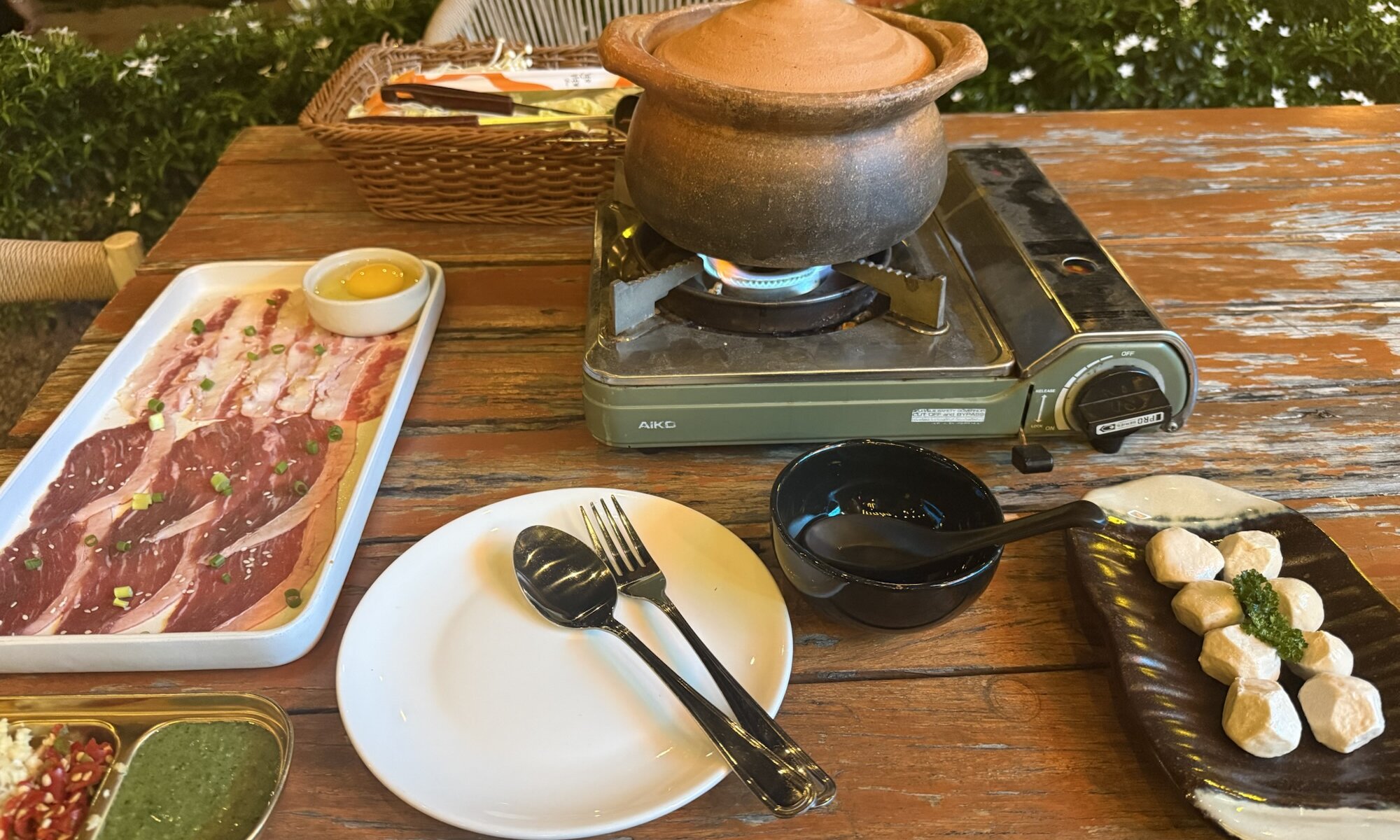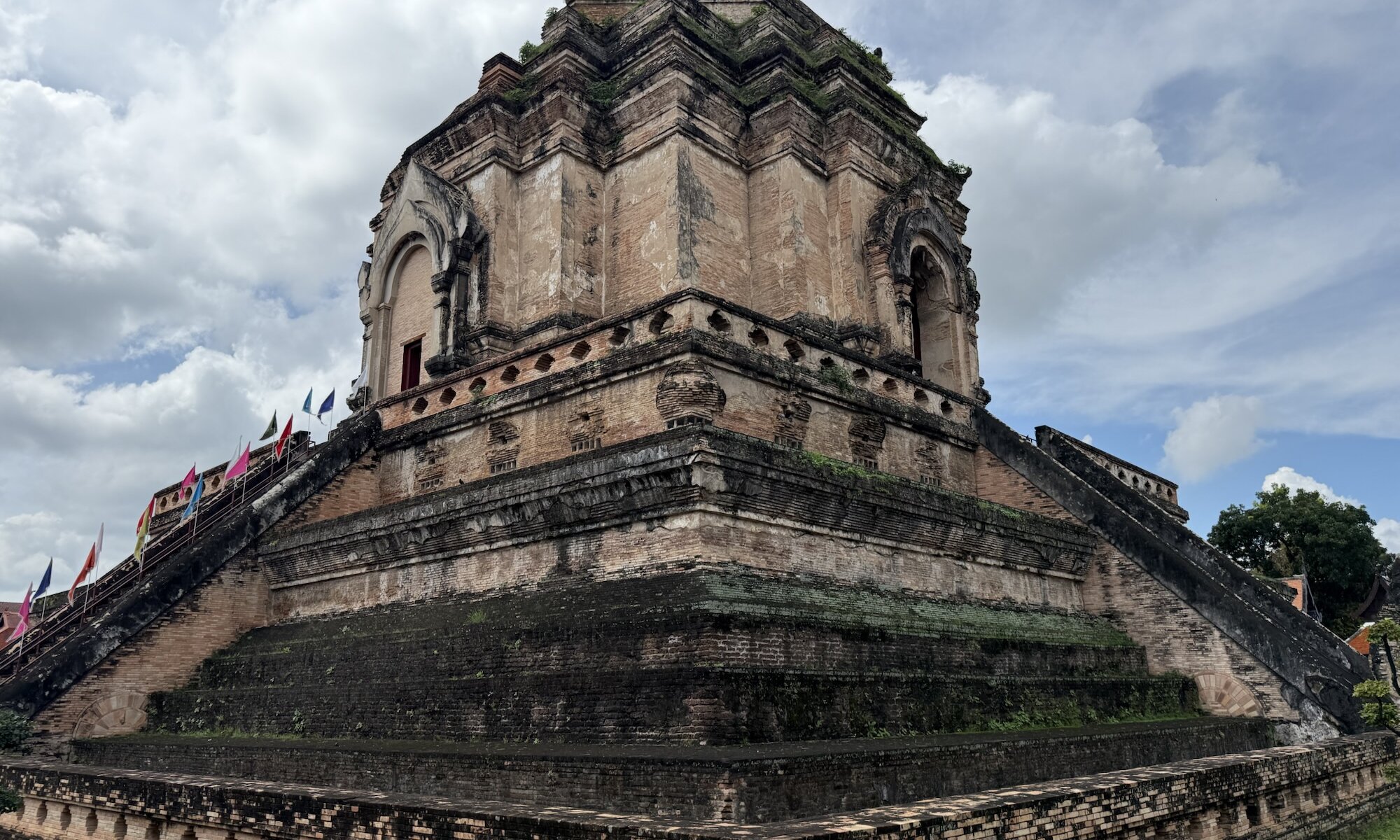เชียงใหม่ (lit. ‚new city‘), nestled in the mountainous region of Northern Thailand, is a city steeped in rich history and cultural heritage. Founded in 1296, it served as the capital of the Lanna Kingdom, an independent realm that flourished for several centuries before becoming integrated into the Kingdom of Siam. The city’s old walls and moat still outline the ancient core, offering a tangible reminder of its strategic and economic significance in the region. I find เชียงใหม่ to be a fascinating blend of medieval history and vibrant modernity, making it an essential destination for those interested in culture and heritage.
Continue reading “Chiang Mai”MAIIAM
The MAIIAM Contemporary Art Museum in เชียงใหม่ offers a captivating insight into the vibrant art scene of Southeast Asia, with a particular focus on contemporary Thai artists. Set within a modern, thoughtfully designed space, the museum provides an inviting atmosphere for both art aficionados and casual visitors. Its architecture cleverly blends clean, minimalist lines with a sense of openness that enhances the experience of viewing art, making it more than just a gallery but a cultural destination in its own right.
Continue reading “MAIIAM”Underground temple
Wat Umong Suan Putthatham, nestled in the verdant outskirts of เชียงใหม่, offers a unique blend of tranquility and spiritual depth, making it a compelling destination for visitors seeking something beyond the typical temple experience. Unlike many other temples that boast elaborate architectures and intricate decoration, Wat Umong is renowned for its peaceful forest setting and distinctive atmosphere of quiet meditation amidst nature. Established in the late 13th century during the reign of King Mangrai, this temple was originally designed to serve as a tranquil retreat for monks, emphasising simplicity and connection with the surrounding environment.
Continue reading “Underground temple”Silver temple
Wat Sri Suphan, known as the Silver temple, is a fascinating and unique Buddhist temple located in the traditional silversmith district of Wua Lai in เชียงใหม่. It was originally founded around 1500 during the reign of King Mueang Kaeo of the Mangrai Dynasty. Over the centuries, the temple has undergone various renovations, but its core history remains deeply connected to the local silver crafting community. The area itself has long been a centre for silversmiths, which is reflected in the temple’s spectacular architecture and craftsmanship.
Continue reading “Silver temple”Wat Rajamontean
Wat Rajamontean in เชียงใหม่ is a modest yet historically rich Buddhist temple nestled in the city’s old quarter. Unlike some of the grander temples in the region, this wat offers visitors a quieter, more intimate experience of northern Thai spiritual heritage. Its origins trace back several centuries, with foundations laid during the Lanna Kingdom period, reflecting the region’s deep-rooted cultural and religious traditions. Though it has undergone restorations, the temple grounds retain an air of authenticity that harks back to its original purpose as a local monastic centre.
Continue reading “Wat Rajamontean”Sky lanterns & floating baskets
Loy Krathong is one of Thailand’s most enchanting and culturally significant festivals, celebrated annually with great enthusiasm across the country. The name ‘Loy Krathong’ translates to ‘floating basket’, referring to the small decorated rafts made from banana leaves, flowers, candles, and incense sticks that people release onto bodies of water. This festival is a beautiful expression of gratitude and respect towards the water goddess, Phra Mae Khongkha, and coincides with the full moon night of the 12th lunar month, usually falling in November. It symbolises renewal, forgiveness, and letting go of misfortune from the past year.
Continue reading “Sky lanterns & floating baskets”Warorot
Warorot Market in เชียงใหม่ is a vibrant and bustling hub that captures the essence of northern Thai daily life. Situated near the Ping River in the old city, it is a favoured spot for both locals and visitors looking to experience authentic market culture. The atmosphere is lively and fragrant, filled with the sounds of vendors calling out and the rich smells of spices and fresh produce, creating an immersive sensory experience.
Continue reading “Warorot”Doi Suthep
Wat Phra That Doi Suthep, perched high in the mountains just west of เชียงใหม่, is one of Northern Thailand’s most revered and scenic spiritual sites. The trek up to this temple offers not only a physical challenge but also a symbolic ascent towards enlightenment, as it sits approximately 1,676 metres above sea level. Historically, it was established in the 14th century during the Lanna Kingdom era, becoming a central religious monument that houses sacred relics of the Buddha. Its location, enveloped by dense forest, affords visitors sweeping views over the city and surrounding countryside, amplifying the serene and contemplative atmosphere.
Continue reading “Doi Suthep”Hotpot
A communal dining experience that centres around a simmering pot of broth placed at the table, where diners cook a variety of fresh ingredients themselves. It is an interactive meal, combining social engagement with the sensory pleasure of watching meats, vegetables, noodles, and seafood slowly cook in the bubbling fluid. The dish is popular in many parts of Asia, but its appeal lies in the ability to tailor each serving to individual tastes and to enjoy the meal at a leisurely pace with friends or family. The broth itself can vary widely, from mild and clear to richly spiced or herbal, often serving as the foundational flavour of the entire meal.
Continue reading “Hotpot”Wat Chedi Luang
Wat Chedi Luang is one of เชียงใหม่’s most iconic and historically significant temples, standing impressively within the old city. The temple’s construction began in the 14th century during the reign of King Saen Muang Ma with the original chedi (a type of stupa) intended to enshrine relics of the Buddha. Although devastated by an earthquake in the 16th century, the structure still commands reverence and awe due to its towering, weathered brick façade and the surrounding complex adorned with vibrant statues and monks in saffron robes.
Continue reading “Wat Chedi Luang”